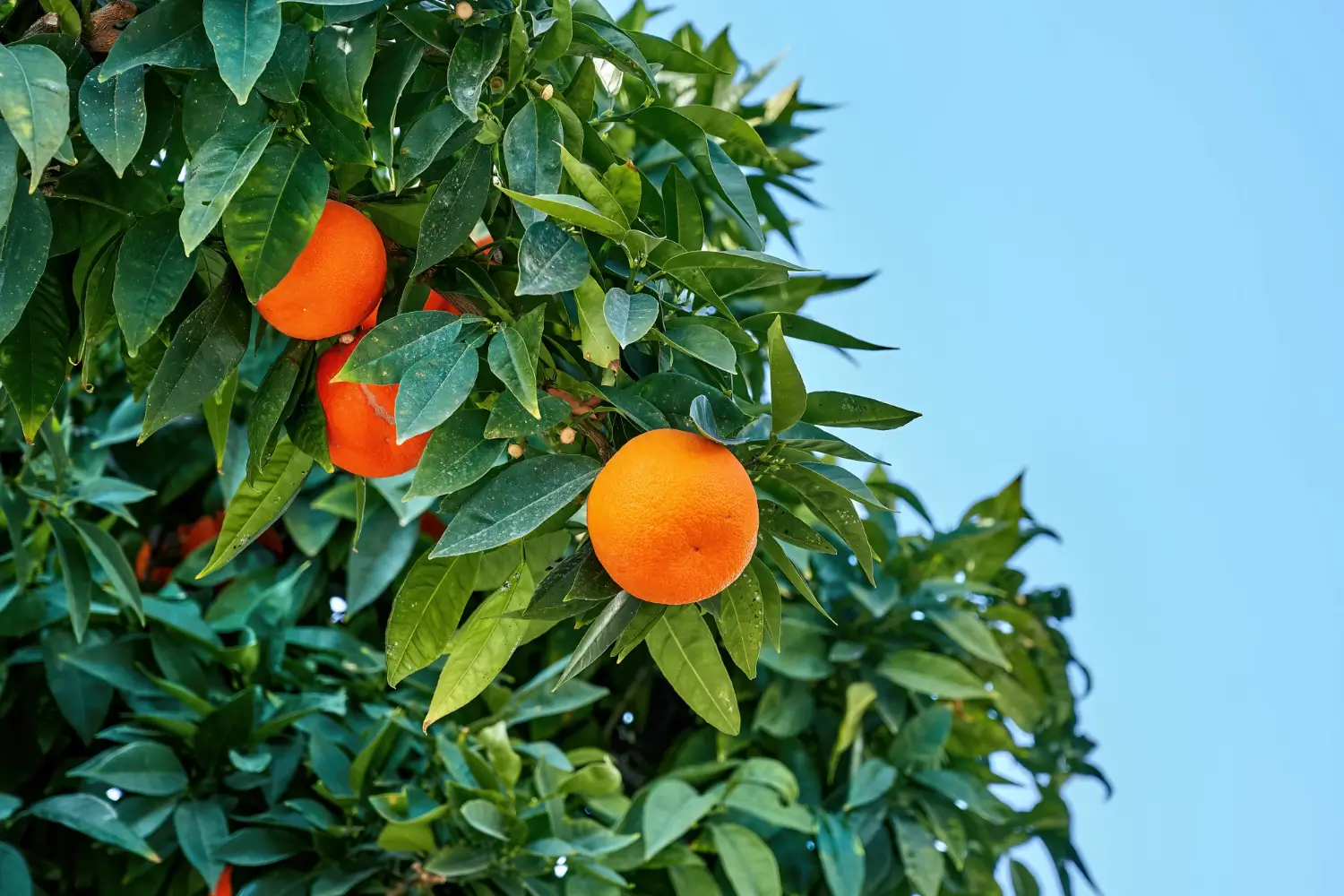
Soil Health & Fertilization
We unite suppliers and green industry professionals worldwide
The Saskatoon Serviceberry gives exactly that — a true four-season performer. As a native North American, this small tree or large shrub offers showy white flowers in early spring, blueberry-like edible fruit in summer, glowing foliage in fall and strikin
By Victor Miller
|Published on June 19, 2025
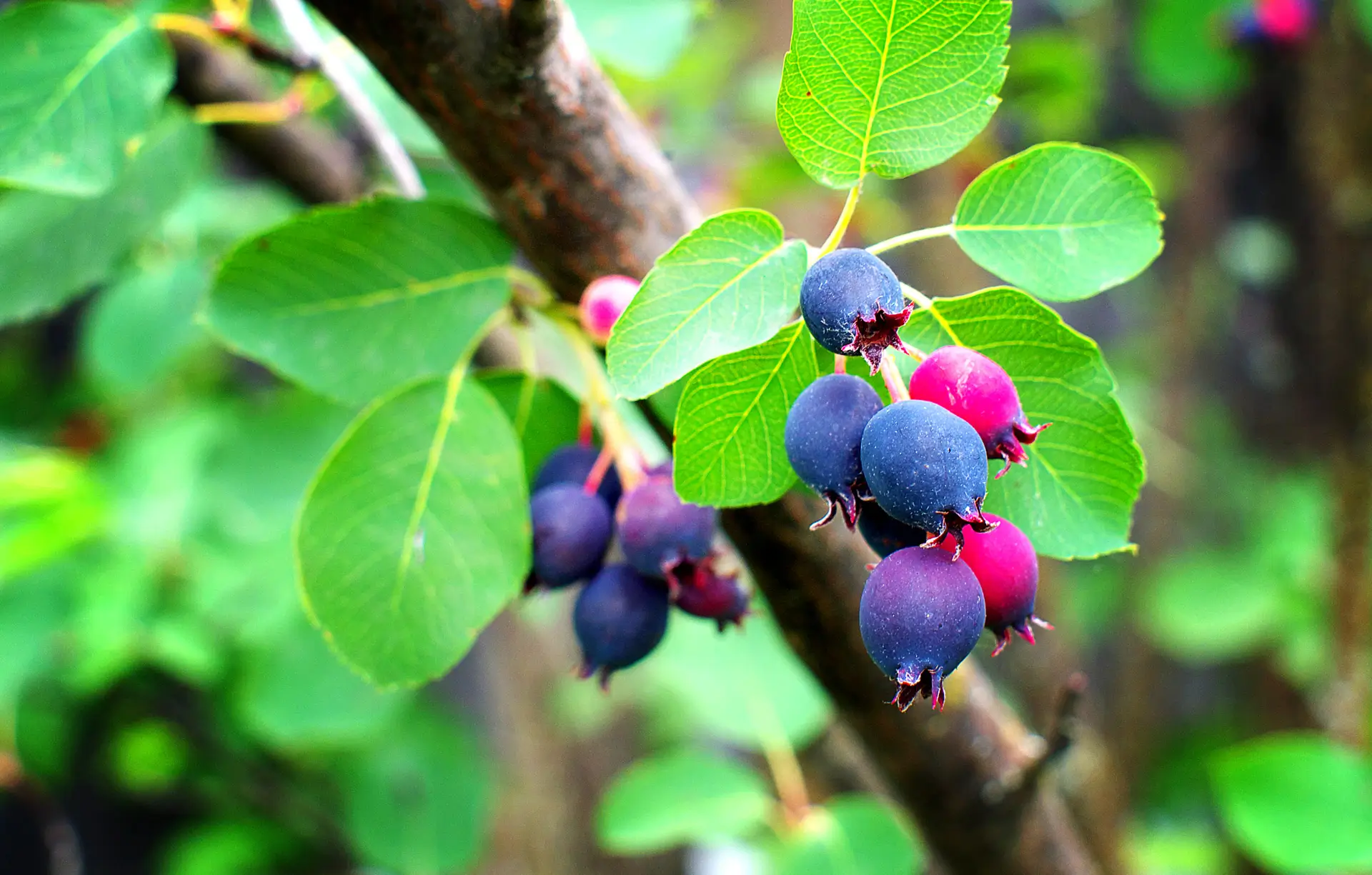

“What if you could have one plant that gives you flowers in spring, berries in summer, color in fall, and structure in winter?”
The Saskatoon Serviceberry gives exactly that — a true four-season performer. As a native North American, this small tree or large shrub offers showy white flowers in early spring, blueberry-like edible fruit in summer, glowing foliage in fall and striking gray bark in winter.
Botanically known as Amelanchier alnifolia, it’s a favorite among gardeners and wildlife alike. Its fleshy fruits are packed with antioxidants enjoyed by both birds and humans, and its resilience to cold climates makes it a popular choice for northern landscapes.
| Common Name | Saskatoon Serviceberry |
| Botanical Name | Amelanchier alnifolia |
| Plant Type | Deciduous shrub or small tree |
| Height/Spread | 6–20 ft tall, 6–15 ft wide |
| Sunlight requirements | Full sun to partial shade |
| Soil needs | Well-draining, slightly acidic to neutral |
| Watering needs | Moderate, regular watering |
| Bloom Time | Early spring |
| Hardiness Zones | 2–7 |

September 25, 2025
9 minute read
September 24, 2025
9 minute read
September 23, 2025
10 minute read
September 22, 2025
9 minute read


Join as a seller and connect with thousands of B2B buyers nationwide!
Sign Up
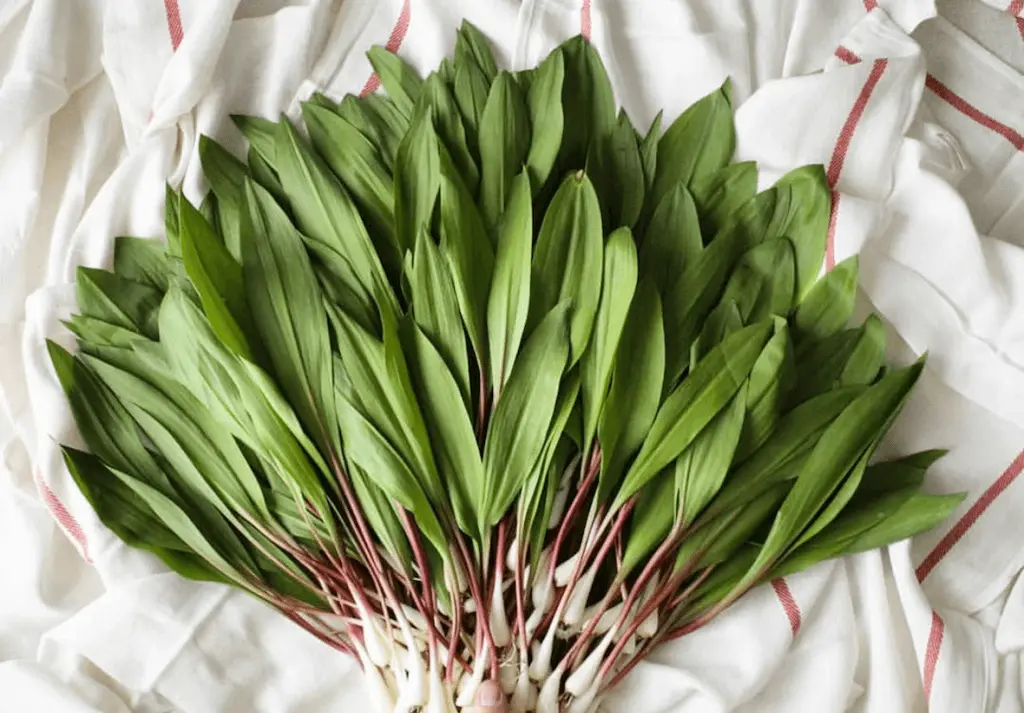
Ramps
Ramps, or wild leeks, are one such treasure. These pants with their tender green foliage,pungent, oniony flavor, are cherished in kitchens for generations. Their capacity for thriving in shaded environments makes them a wonderful addition to woodland gar
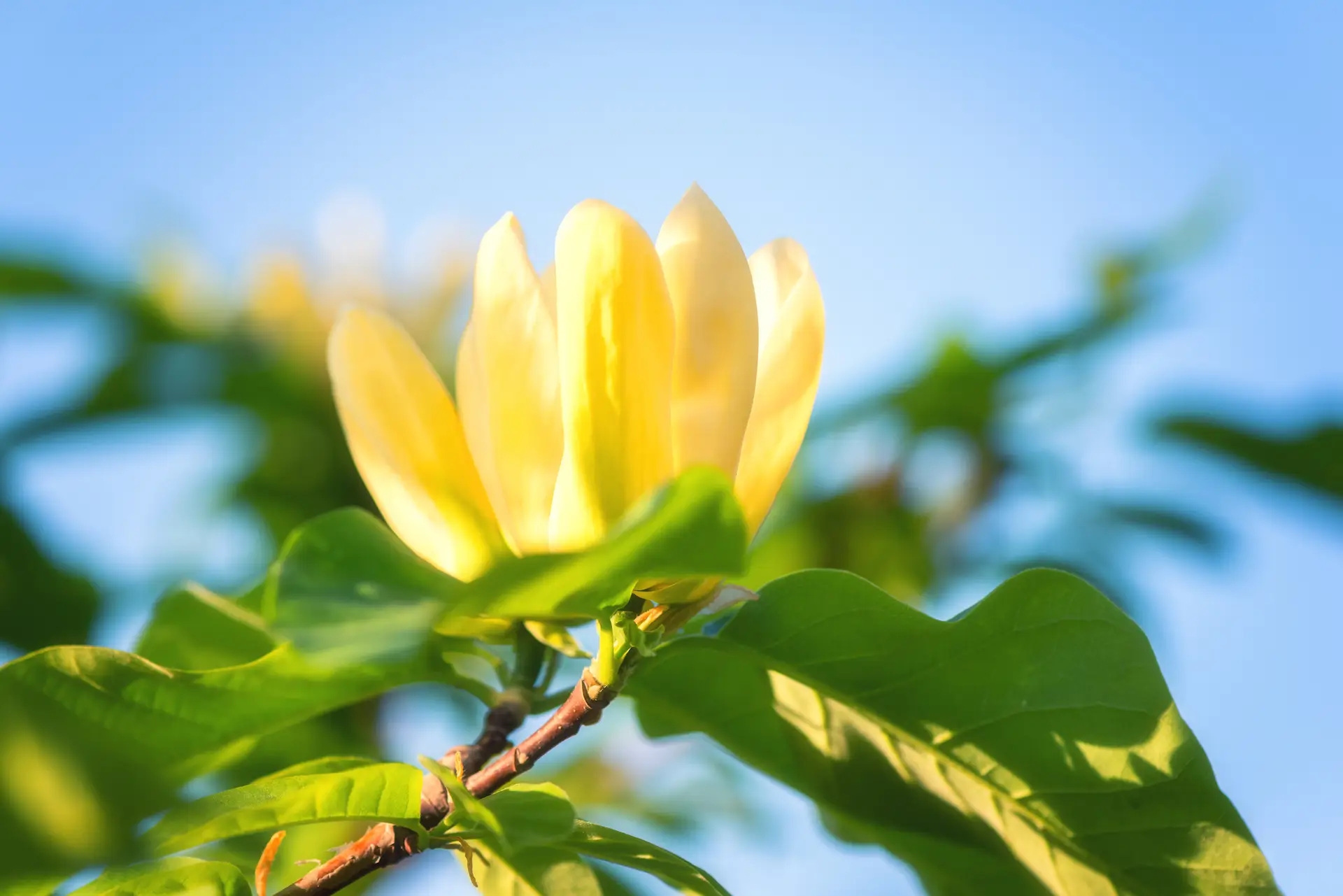
Yellow Bird Magnolia
A Golden Springtime Showstopper With Grace and Strength
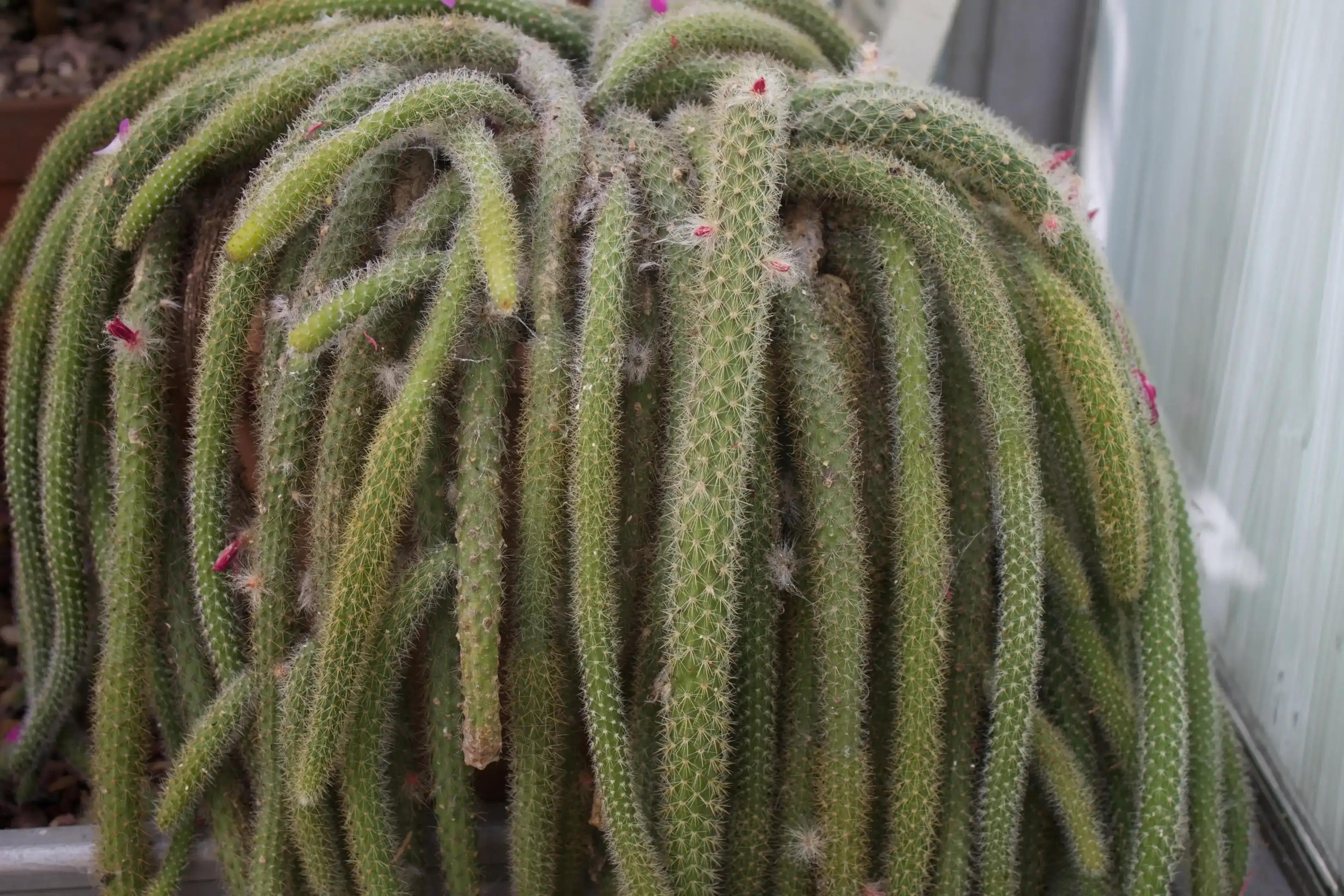
Rat Tail Cactus
This desert-native succulent needs to be in everyone’s garden; with its long, trailing stems covered in soft spines, and its show-stopping magenta blooms. It's not your typical cactus—it climbs, cascades, and blooms profusely when happy.
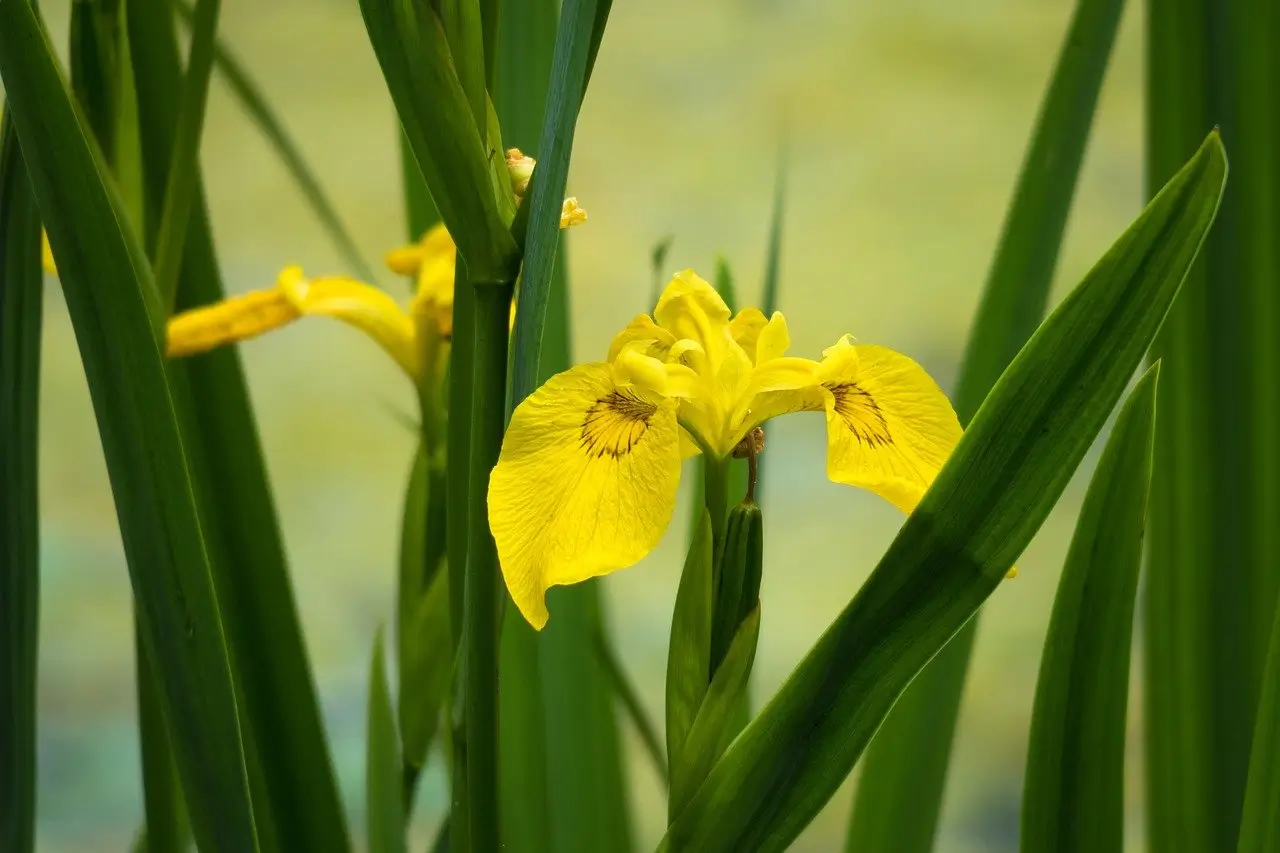
Yellow Iris
A Hardy Garden Classic That Shines Like Sunshine
Saskatoon Serviceberry is surprisingly low-maintenance for such a generous plant. It does well in a wide range of soils, as long as they’re well-drained, and it’s well-suited for use in urban or rural areas. Spring flowers give way to edible purple berries in early summer, and foliage becomes vibrant yellow or red-orange in fall.
Allow it room to grow and give it good sunlight, and it will reward you for years with both ornamental beauty and fresh harvests. It also tolerates cold and drought (once established), and even some clay soils.
Full sun promotes best flowering and fruiting, but partial shade is tolerated — especially in hot climates. Aim for at least 6 hours of direct light each day.
It prefers well-drained, consistently moist soil rich in organic material. A slightly acidic to neutral pH (6.0–7.0) is best. Heavy clay can be improved by amending with compost and mulch to enhance texture and drainage.
Water frequently, especially during establishment (first 1–2 years) and dry spells. Once established, it is somewhat drought-tolerant but appreciates deep watering during prolonged dry spells. Avoid waterlogging the roots.
Minimal pruning is required. Early spring or late winter:
Saskatoon Serviceberry can be propagated in the following ways:
Be patient — this is not a fast-growing shrub, but it rewards your efforts.
While this plant is typically grown in the ground, it can be container-grown with the right set up:
You should repot every couple of years to refresh the soil and stimulate further growth.
Hardy to Zone 2, Saskatoon Serviceberry needs no special winter protection in most climates. However:
The berries form from early to mid-summer, starting green, turning red, and ripening to a deep purple-blue. They’re sweet, similar to blueberries with a hint of almond from the seeds..
Full sun and healthy soil gives the best fruit production. Pick when completely ripe — the birds will be racing you for them! Use them fresh, in jams, in pies, or dried like raisins.
Saskatoon Serviceberry is relatively resistant to the majority of pests and diseases, but can have some issues:
Few plants add so much to the garden with so little effort as the Saskatoon Serviceberry. Whether it’s the delicate spring blossoms, the summer berries rich with antioxidants or the vibrant foliage of autumn that attract you, this native shrub delivers beauty and utility through all four seasons.
Beyond its looks, it’s a plant with purpose — nourishing pollinators, attracting birds, and offering fruits for your table. With its ability to grow in a variety of soils, as well as its resistance to severe winters and capacity to flourish with little care, it’s a great addition to edible gardens, ornamental borders or native landscapes.
Plant one, and you're not just growing a shrub — you're cultivating a year-round friend that quietly transforms with the seasons.
Yes! They’re completely edible and delicious raw or cooked.
Moderately. With good conditions, 12–18 inches of growth per year.
Absolutely. It works well as a flowering and fruiting hedge or screen, especially when planted in rows.
Not completely — deer will eat young shoots and leaves, especially in early spring

Soil Health & Fertilization
Victor Miller
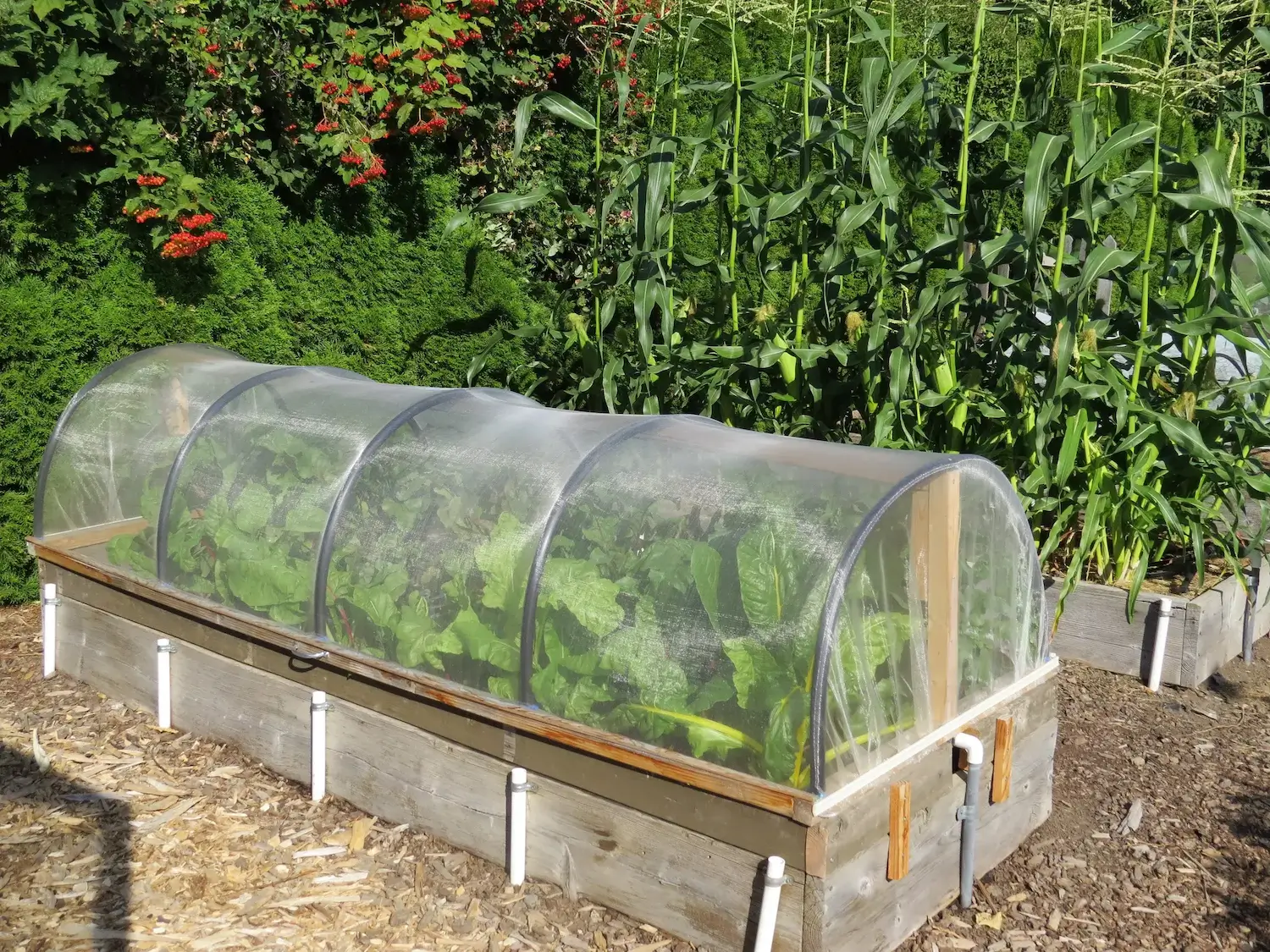
Pest Identification & Prevention
Victor Miller
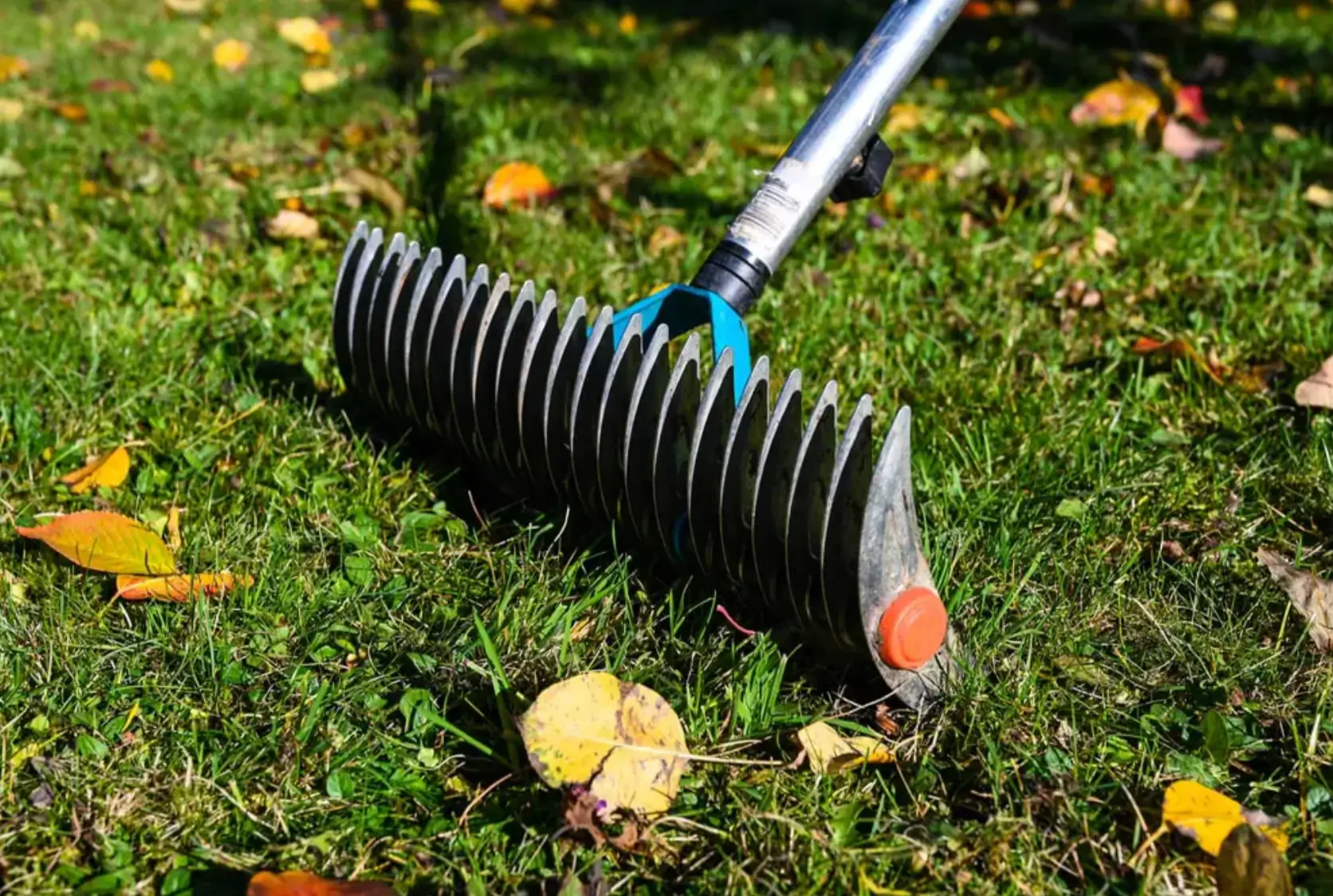
Lawn Care Tips & Maintenance
Victor Miller
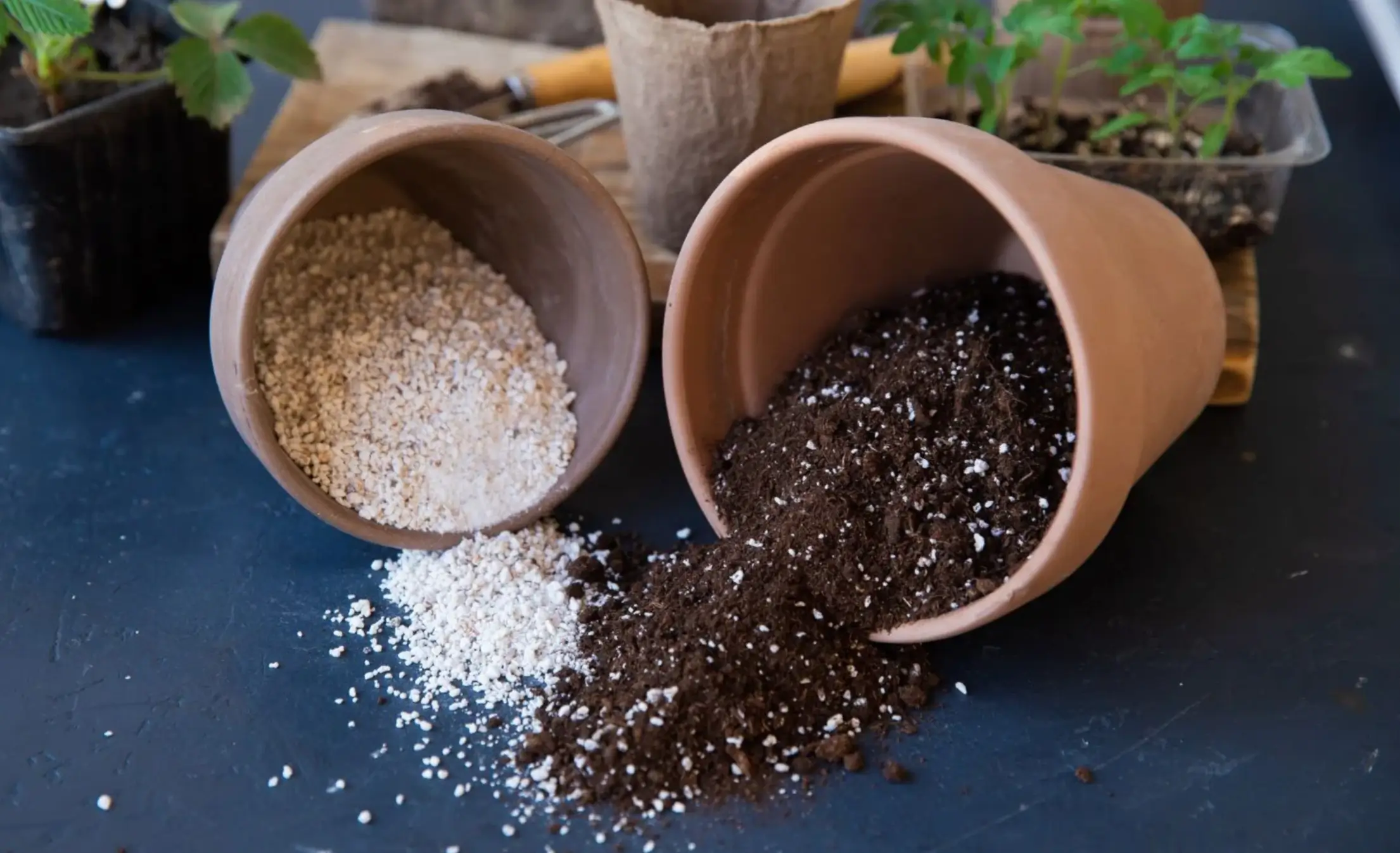
Soil Health & Fertilization
Victor Miller

Smart Irrigation Systems
Victor Miller

Patios, Walkways & Driveways
Victor Miller
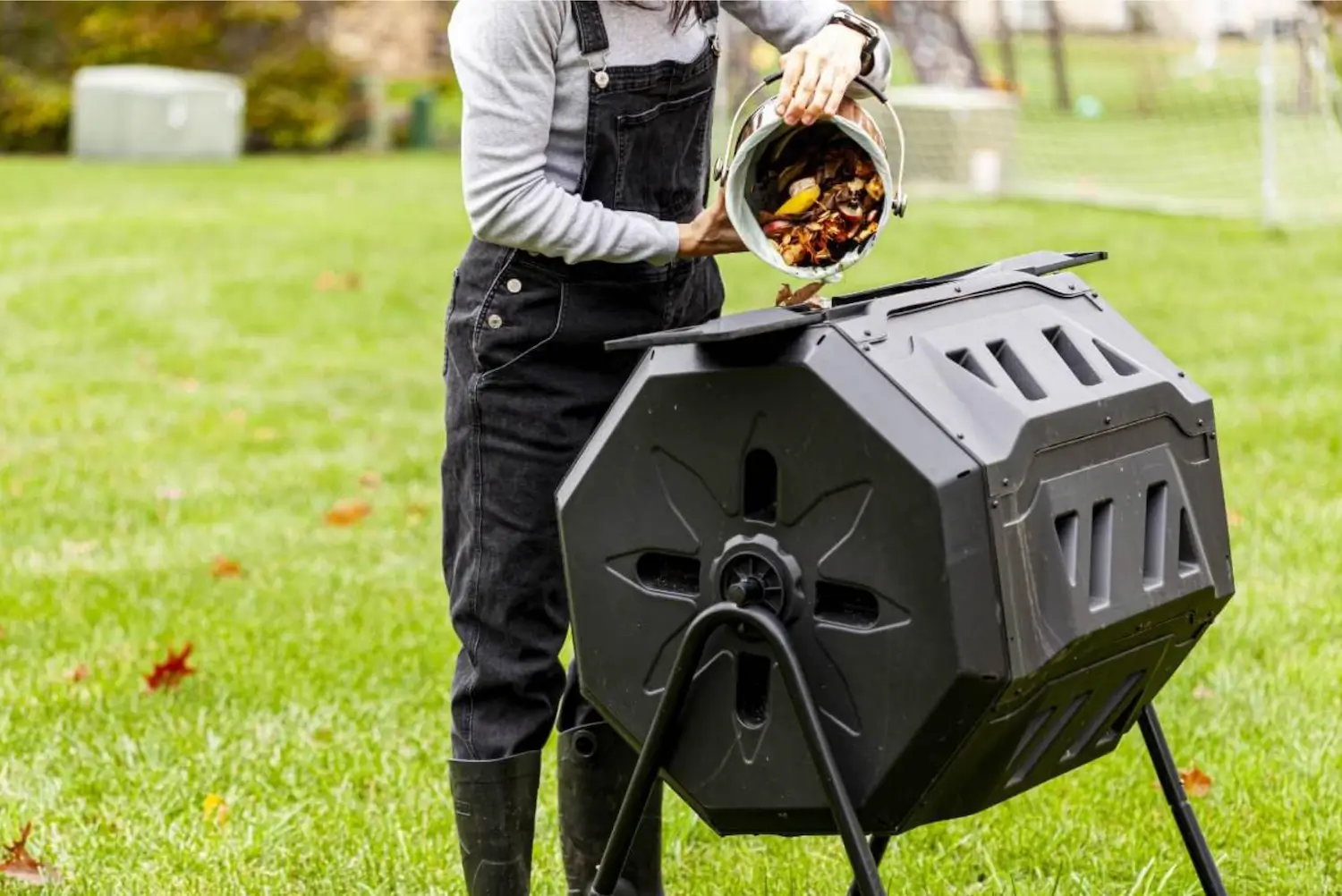
Soil Health & Fertilization
Victor Miller
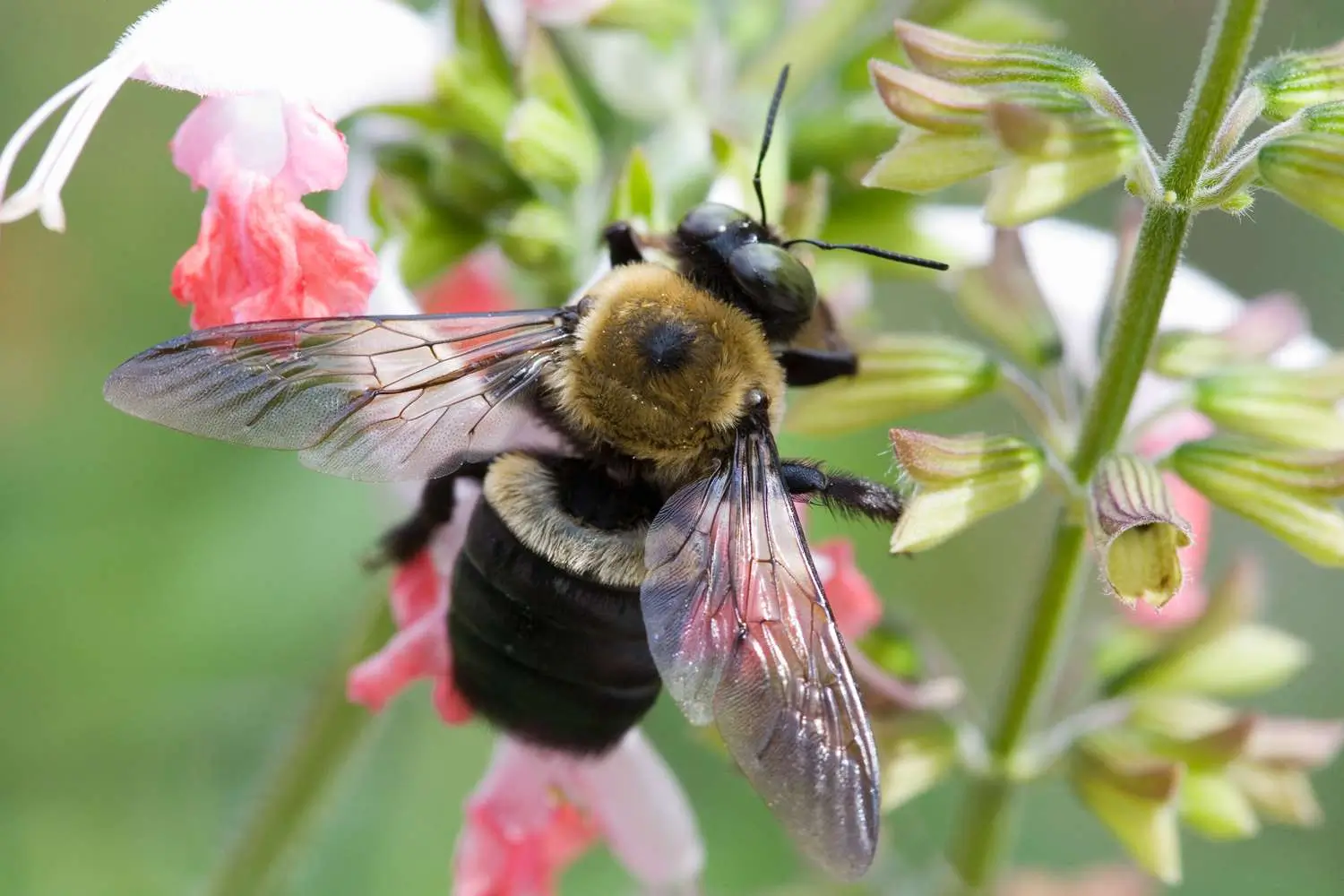
Pest Identification & Prevention
Victor Miller
My Account
Our team is always here to help.
We are open Monday - Friday, 9:00 AM to 4:30 PM PST.